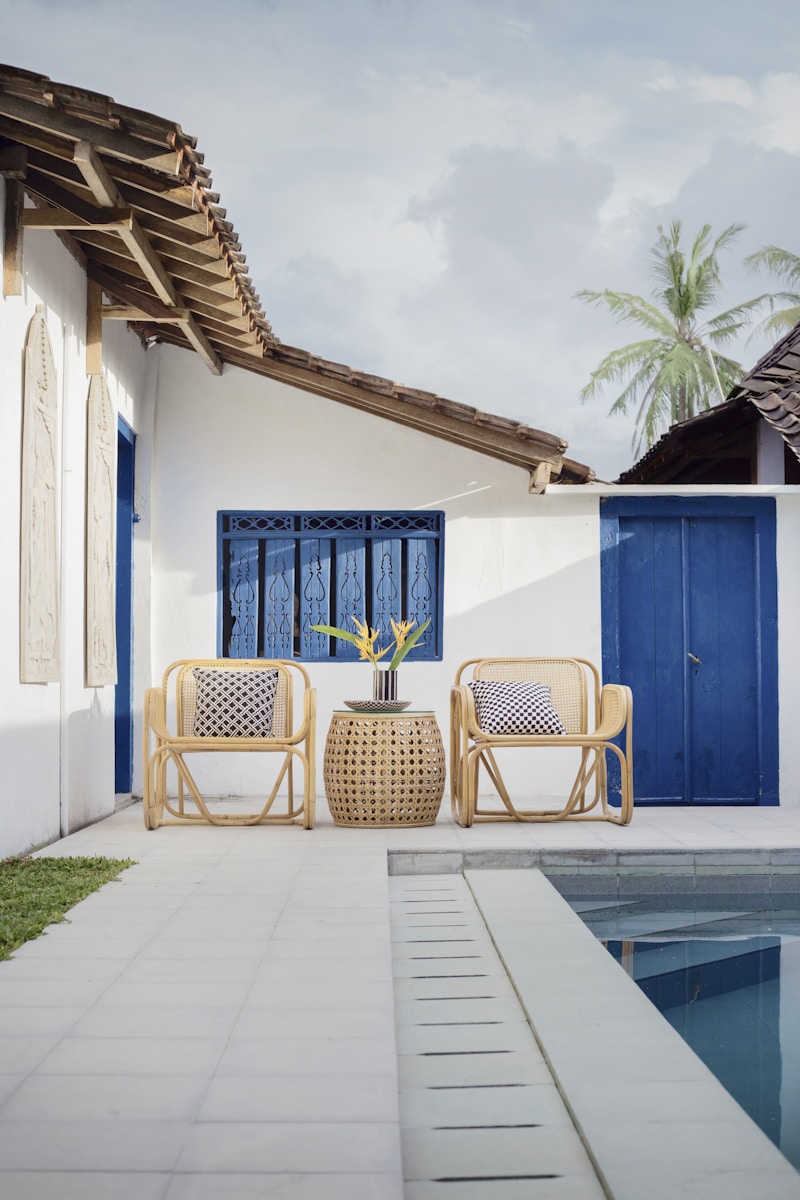Creating a Bridal Collection That Tells a Story: A Journey Through Design and Emotion
Creating a Bridal Collection That Tells a Story: A Journey Through Design and Emotion
The Art of Storytelling in Bridal Collections
In the world of bridal couture, a wedding dress is more than just a beautiful garment; it tells a story. As designers embark on the journey of creating a bridal collection that tells a story, they weave together elements that reflect a unique narrative, ensuring that every gown resonates with the bride's personal journey. This article delves into the intricate process of designing such collections, the significance of storytelling in bridal wear, and tips for brides seeking the perfect gown.
The Significance of Storytelling in Bridal Fashion
Brides often seek dresses that resonate with their identities, historical context, and aspirations. Storytelling in fashion serves to connect with the bride emotionally, allowing her to wear a piece that encapsulates her journey. Effective storytelling in bridal wear can include elements such as:
- A cultural homage
- A tribute to family heritage
- Personal milestones and memories
- Nature-inspired themes
Each of these facets can contribute significantly to the bridal collection, allowing designers to captivate their audiences and create meaningful connections.
Key Elements of Designing a Storytelling Bridal Collection
When creating a bridal collection that narrates a story, designers should consider several core elements:
- Theme Inspiration: A cohesive theme can serve as the foundation of the entire collection. For instance, a vintage-inspired collection could draw influence from specific decades, integrating elements from the past into modern designs.
- Fabric Selection: The choice of fabric plays a crucial role in conveying emotions. Luxurious silks can evoke feelings of elegance, while lace can add layers of romanticism.
- Color Palette: Colors often carry symbolic meanings; therefore, choosing hues that resonate with the story can make the collection more impactful. For example, soft pastels may represent innocence, while rich jewel tones can symbolize passion.
- Details and Embellishments: The incorporation of unique embellishments, such as embroidery, beading, or handcrafted details, can infuse personal touches into each gown, enriching the overall story.

Creating a Cohesive Collection
Creating a cohesive bridal collection is essential in portraying a unified story. Designers may structure their collections through various categories, each depicting a part of the overarching narrative. Here’s an example of how to categorize a bridal collection:
| Category | Description |
| Ever After | This category features gowns with timeless designs, representing classic love stories. |
| Natural Beauty | Inspired by nature, dresses in this section include floral motifs and earthy colors. |
| Heritage Threads | Celebrating cultural influences, these gowns incorporate traditional elements and craftsmanship. |
| Modern Romance | A blend of contemporary styles and innovative fabrics that appeal to the modern bride. |
Through this categorization, designers can effectively communicate different aspects of a bridal story while maintaining a cohesive vision throughout the collection.
Connecting with the Target Audience
To create a successful bridal collection, it's essential for designers to connect with their target audience. This can involve conducting market research to understand the desires and preferences of brides in specific demographics. Engaging with potential customers through social media platforms and bridal fairs can also provide insight into what storytelling elements resonate most.
Brides appreciate authenticity and personal touch in their gowns. Sharing the inspiration and stories behind the designs can create an emotional connection, as brides feel more invested in their choices.
Real-Life Examples of Successful Storytelling in Bridal Collections
Numerous designers have successfully incorporated storytelling into their bridal collections. For instance, the esteemed designer Vera Wang often draws inspiration from cinematic themes and personal anecdotes. Her collections not only showcase stunning designs but also evoke a sense of nostalgia and romanticism.
Similarly, Marchesa is known for its intricate details and fairy-tale-like aesthetics. Each gown is thoughtfully crafted to reflect the idea of a storybook romance, making them a favorite among modern brides.
Tips for Brides Seeking a Storytelling Dress
Brides in search of a gown that tells their personal story should consider the following tips:
- Reflect on Personal Experiences: Think about significant moments in your life that could influence your choice of gown.
- Explore Cultural Heritage: If applicable, incorporate elements from your cultural background that hold significance.
- Consult with Designers: Share your story and vision with designers. They can help translate your narrative into a beautiful gown.
- Don’t Rush the Process: Take the time to explore different options and styles that align with your story.
Conclusion
In conclusion, creating a bridal collection that tells a story is an art that combines creativity, emotion, and personal connection. Designers have the unique ability to craft gowns that encapsulate the dreams and journeys of brides, making each piece a reflection of their individuality. For brides, finding a dress that narrates their story can transform the wedding experience, creating lasting memories. As you embark on this journey, remember to take your time, seek inspiration, and embrace the magical process of storytelling through bridal fashion.
By understanding the significance of storytelling in bridal collections and exploring the elements and processes involved, one can appreciate the depth and beauty that a well-crafted gown brings to a wedding day. Whether you're a designer or a bride-to-be, the key takeaway is to ensure that the stories we tell through fashion remain authentic, inspiring, and memorable.
